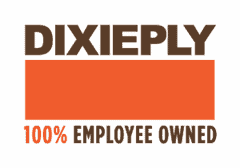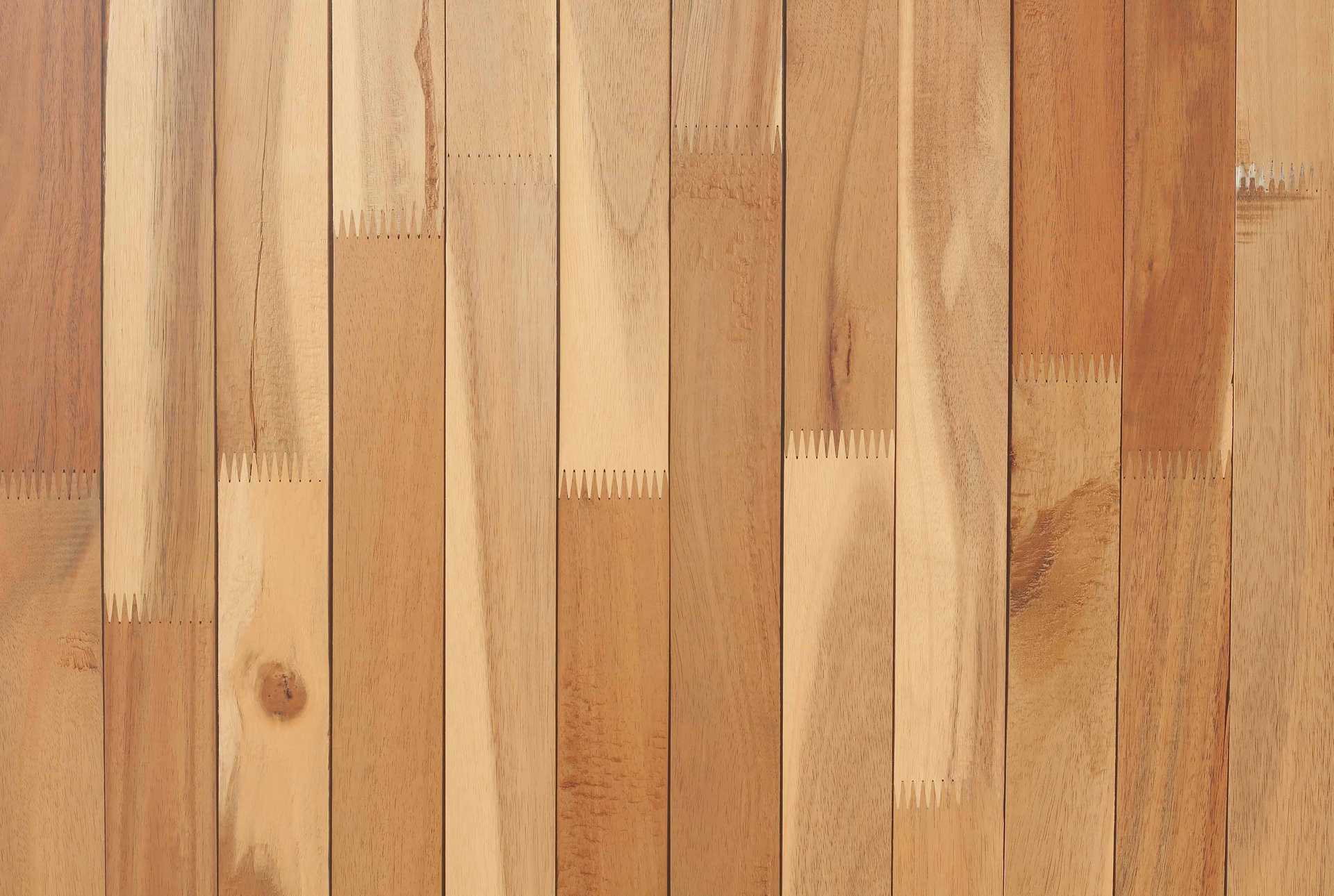How the Southeast Is Embracing Sustainable Neighborhood Design
- Value Added
- Our Products
- Residential - Interior
- Residential - Exterior
- Commercial
- Specialty Commercial
- Branches
- Design Options
- PAY NOW
- Exporting
- Multi-Family
- Vendors

Water? Fire? Wind and rain? There’s an MDF for that! Medium Density Fiberboard (MDF) is an engineered wood product designed to be stronger than particle board, cheaper than plywood and more uniform than natural wood products. The panels are a mixture of wood fiber, resin and wax pressed together to create a flat, uniform board. Although Standard and Ultralite MDF are the most common, speciality panels are available for various projects and requirements. Below is probably more information you’ll ever need (or want) to know about the different types of MDF.
Standard MDF is usually made from pine but some manufacturers include anything from cardboard to telephone books, making it a sustainable product. It’s made by refining raw materials, coating them with resin and pressing the mixture into smooth, flat mats to be cut into panels of varying size and thickness. Some cabinet and furniture manufacturers prefer MDF because it’s easy to profile and cheaper than plywood. It also makes for an excellent substrate: very flat and rigid. Keep in mind, MDF will dull your blades much quicker than plywood. Make sure you’re using a durable blade and expect to change it more frequently.
One of the most common complaints about Standard MDF is the weight. One ¾ 4x8 panel can weigh as much as 100 lbs. If ‘hunchback’ is not in your future, Ultralite is a less dense but equally durable alternative.
The only difference between Ultralite and Standard MDF is the ratio of fiber to resin per panel. Less fiber is used during the manufacturing process, decreasing the density and weight. In comparison, a ¾ 4x8 Ultralite panel weighs about 70 lbs, as opposed to a Standard panel at 100 lbs. A common name for Ultralite is Trupan which is manufactured by Arauco. Although used interchangeably, Trupan is Ultralite, not vice versa. (Think of Kleenex and tissues).
Of its many applications, MDF is most commonly used for doors and moulding. The uniformity and density of the material makes for easy routing with a CNC machine. The only downside is a light fuzz that can accumulate on the surface - not helpful if you’re painting. Elite MDF is the best solution for minimizing the fuzzy film. It’s denser than Standard MDF without being considered a High Density Fiberboard (HDF). Higher density reduces the amount of fuzz, creating cleaner lines and a smooth paint finish. Another term for Elite MDF is Doorboard. This is a combination of Elite pressed with melamine paper on one side. As the name implies, it’s primarily used for doors and is very heavy - around 120 lbs a sheet!
A quick Google search on MDF turns up multiple articles and forums warning against the evils of urea-formaldehyde and off-gassing. Not to be discounted, high levels of formaldehyde emissions are a real issue and have been linked to cancer. Although it’s impossible to claim any wood product is entirely formaldehyde free (it’s in everything - including you and me), it is possible to refrain from adding more of the chemical during processing. NAUF, or No Added Urea Formaldehyde, is a greener and safer option. All of the following MDF products are considered NAUF and LEED Compliant.
Another common complaint with MDF is how it responds to water and moisture. Standard MDF soaks in water like a sponge and will swell unless treated. When building cabinets, vanities or shelving in bathrooms or kitchens, Medex MR is the best option. Medex MR is a moisture resistant panel manufactured with a synthetic resin, allowing the moisture resistant treatment to permeate the entire panel. It is possible to waterproof Standard MDF by applying a latex primer and sealant or water-resistant paint to the panel’s surface. However, this only protects the outer layers and not the board through and through. Other areas to use Medex MR are:
Although less susceptible to water damage than Standard MDF, it should not be used or stored outdoors.
For any exterior projects, always use an exterior grade MDF. Although Medex MR is water resistant, it won’t withstand the moisture, heat and humidity of the great outdoors. Extira is an exterior MDF panel made with phenolic resin, zinc borate and water repellent materials. It’s designed to resist moisture, rot and termites as well as being NAUF, LEED compliant and fire rated. Extira is recommended for:
As an aside, Extira works best when coated with a high quality exterior oil or latex primer.
While uncommon in everyday household projects, fire retardant material can be a requirement in government buildings such as schools, libraries, hospitals, fire stations...(go figure). Medite FR is a Class 1 fire retardant MDF typically identified by its red dyed core. Although you can topically treat a Standard MDF panel with a fire resistant coating, it only protects the surface of the board. Medite FR is processed with a fire-retardant additive that permeates the board through and through. This keeps the flames from spreading too quickly and slows smoke development. Keep in mind, Medite FR shouldn’t be used for exterior projects and should be stored indoors.
Now you are well-versed in the ways of MDF and should easily be able to choose the right product for your next project! If you have any questions or advice to fellow readers, leave a comment below!
